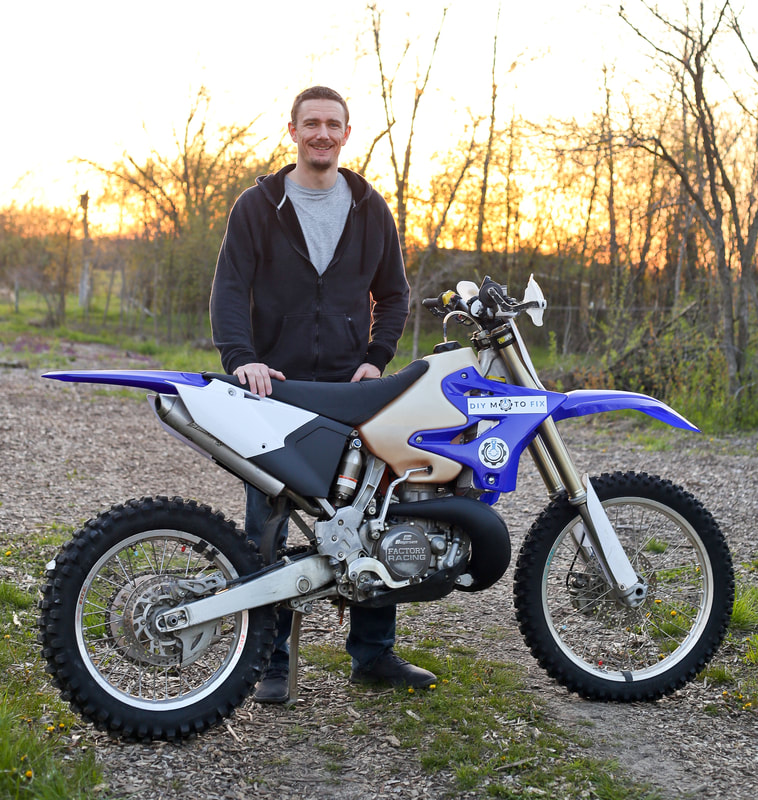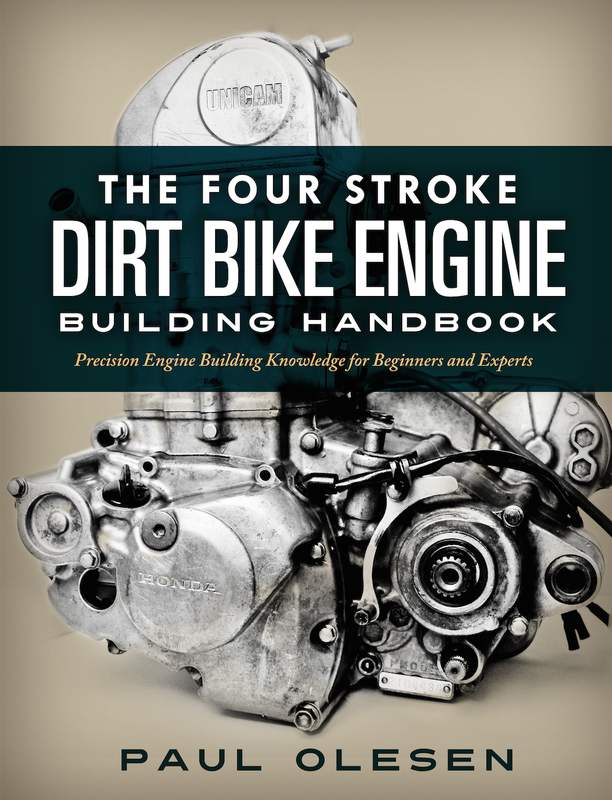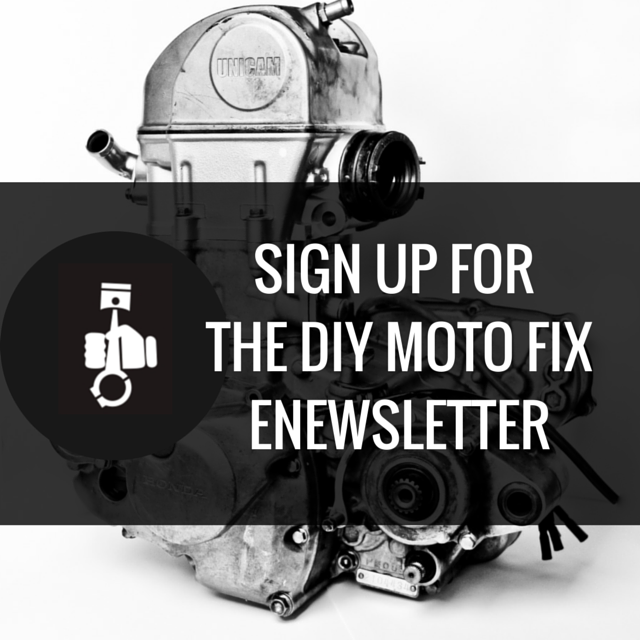I have bought and sold a hefty amount of different types of vehicles over the years and recently started reflecting on some of my experiences. I have bought bikes that have run well, did not run at all, were partly assembled, or were complete basket cases. Sometimes there have been great deals and sometimes there have been total lemons. Occasionally I have even purchased bikes sight unseen and put my good faith in others to collect them for me. Has some of my behavior been risky when buying a used bike? Absolutely, but because of those experiences a lot of hard earned knowledge has come my way...
KNOW WHAT YOU WANT - RESEARCH MAKES & MODELS
Thoroughly researching different makes and models will go a long way to ensure you get the bike you want. Familiarize yourself with the bikes you are interested in by researching and reading reviews on the particular makes and models you're interested in. By reading the reviews you will be able to gain a better understanding of what sort of performance you can expect from particular models, their shortcomings, and some things you can do to improve these bikes.
CHECK THE VIN NUMBER
Look on the frame of the bike for the VIN number to ensure that the bike is not stolen. If the VIN number is scratched off or the sticker has been removed, this is an indication that somewhere within the history of the bike it may have been stolen. If you have any suspicion that the bike is not clean, contact your local authorities and have them run a VIN number check. Refrain from exchanging any money until the the history of the bike is cleared.
FEEL THE MOTOR
Carefully feel near the engine for heat radiating off the engine to determine if the engine has been started prior to your visit. If the motor is warm it could indicate that the bike does not start easily when it is cold and the seller is trying to mask an issue with the carburetor or fuel injection system. If it is an older bike, a potential fix would be to clean and inspect the carburetor. If it is a fuel injected bike, there could be issues with the injectors, the fuel pump, the ECU, or the ignition system.
CHECK HOW CLEAN THE MOTORCYCLE AND THE ENGINE ARE
Often times if there is a problem or the motor is leaking, the seller will power wash the motor to hide the leak. If the motor or bike is suspiciously clean, when the seller runs the motor for you, double check around the engine for leaks that may appear.
ASK THE SELLER WHY THEY ARE SELLING?
This is a great ice breaker. This questions gives perspective into the seller’s motivation and reasons for selling. It also may give a glimpse into potential issues the bike may be having.
HOW MANY MILES ARE ON THE BIKE AND WHAT HAS BEEN SERVICED?
The mileage on a bike can be used as a very rough gauge to determine where it is at in its life however nowadays motorcycles are designed to perform well and not require a great deal of service work even with high mileage. How well the owner has taken care of the bike, the type of riding they did, and the conditions in which it was stored are all better factors for assessing where it is at in its life cycle. Street bikes typically require service after predetermined mileage intervals established by the motorcycle manufacturer. These services may include valve clearance checks, oil and filter changes, and clutch maintenance. This question will help you gauge when and how much upcoming service work may be required. In most cases street bike engines will last a long time and not require much internal engine work if the engine is routinely serviced and basic maintenance is performed. By familiarizing yourself with some of the routine maintenance tasks for the make and model you are interested in you can gauge the frequency and scope of work which is considered routine maintenance and compare this to what the seller tells you. Keep in mind if you are looking at bikes that have been raced or are of the single cylinder variety more maintenance may be required to keep them in top shape.
LET THE ENGINE WARM UP & LISTEN TO IT IDLE
Allow the engine to come up to operating temperature, this usually takes a few minutes of idling. Most bike are equipped with a coolant temperature gauge which you can reference to see how warm the engine is. Listen as the engine runs for how well the bike idles. The bike should have a nice consistent idle and the motor shouldn’t be hunting or surging. Assuming the bike is carbureted and does not idle, it is likely that the carburetor needs servicing or something is out of adjustment. If the bike is fuel injected and does not idle, there could be an issue with the fuel map, pump, or injector.
SHIFT THROUGH ALL THE GEARS
Feel with your foot how easily the bike shifts into the next gear. You should be able to feel if the gears kick back out or do not engage easily. If the bike jumps out of gear or does not shift well, there could be problems with the gearbox. Pay special attention to the shift from 1st to 2nd gear since this is the shift that requires the biggest stroke to engage (since neutral is between them) and usually wears out first. Typical problems may include rounded gear dogs, bent shift forks, or worn shift forks. Remember if any of these problems exist you will have to split the crankcases to remedy the problem (unless the engine utilizes a cassette style gearbox or has a separate transmission). Be sure to shift through all the gears at least a few times to make sure any problems that arise are repeatable and predictable. This will help rule out any user error where the rider did not shift fully.
If you like the tips shared thus far and want to learn more about navigating the slippery slopes of buying a used bike, I would encourage you to download the free guide you need, whether it is dirt or pavement. The guides come in the form of a downloadable PDF, ready to be printed and kept forever. The Buyers Guides also include a checklist that you can bring along and reference as you proceed through all the steps of buying a used bike. The checklist is incredibly useful when it comes to looking over the bike and inspecting individual components. I know my adrenaline goes wild when picking up a new bike and I run the risk of skipping over one or two important things, so the checklist will ensure you do a thorough job.
Grab your preferred guide below or visit our Freebies page by clicking HERE.
Download the Used Dirt Bike Buyers Guide

Download the Used Motorcycle Buyers Guide






